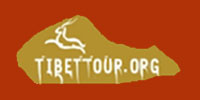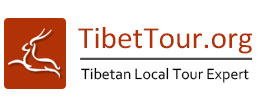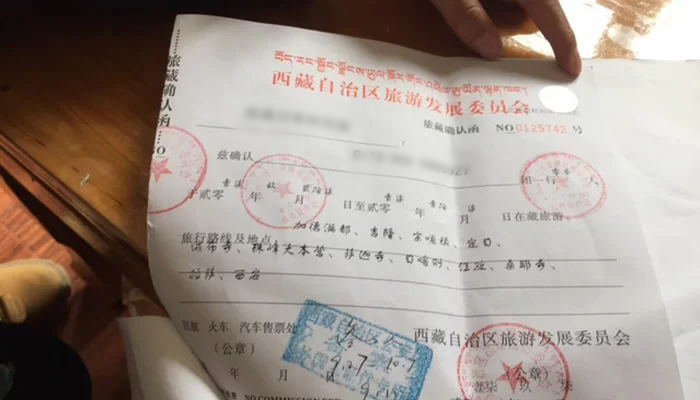Frequently Asked Questions about Central Tibet Tours
Where is central Tibet?
Covering an area of 1,228,400 square kilometers, Tibet is quite a large region of China. As for the central Tibet, it can generally refer to the geographical central part of the entire land. It mainly includes the capital city - Lhasa, Tibet’s second largest city - Shigatse, the cradle of Tibetan Civilization - Tsedang.
What are the cultural highlights of central Tibet?
Central Tibet offers you a hard-won chance to know the essence of Tibetan culture, Tibetan religion, and history. The famous landmarks you should not miss in central Tibet include:
a. Potala Palace, like the Forbidden City located on the snow-covered plateau, is the highest and most majestic palace in the world; the palace has a collection of pagodas, statues, murals, thangkas, scriptures, and the most notable of which are the eight spiritual pagodas of each Dalai since the Fifth.
b. Jokhang Temple, which has a paramount position in Tibetan religious culture and has always been the center of all kinds of major Buddhist activities, with a constant stream of pilgrims and believers coming here daily.
c. The big three Buddhist monasteries of the Gelugpa sect, Drepung, Sera, and Ganden. Drepung and Sera are two of the largest and most intact of Tibet’s great monasteries, being perfect sites for watching payer meeting or monk debating. The Ganden Monastery is located in the suburb of Lhasa, and can be easily reached within a short trek. It is quite spectacular as the monastery occupies almost the entire half of the mountain.
d. Tashilhunpo Monastery, the largest monastery in Shigatse. It is the heart of Tsang, covers an area of about 150,000 square meters, sitting against the mountain. It is known as one of the “four major monasteries” of the Gelugpa.
e. Samye Monastery in Tsedang, the oldest Buddhist training institution in Tibet, being the first temple in the history of Tibetan Buddhism to contain all the three treasures of Buddhism, Dharma and Sangha. In the early morning or late afternoon, you can climb to the top of Haiburi Mountain nearby for a panoramic view of the Monastery and the Brahmaputra River, which is a perfect location for photography.
What are the scenic highlights of central Tibet?
Expect for the excellent cultural attractions in central Tibet, there are also several important scenic highlights which make your whole trip more intriguing.
a. Namtso Lake, the world's highest saltwater lake, a sacred place for pilgrims. The five islands in the lake are known as the embodiments of the five Buddhas and are considered sacred places to be visited by the faithful from ancient times to the present. The lake itself is unbelievably beautiful, presenting miraculous shade of turquoise in clear weather, with magnificent views of the distance mountains.
b. Yamdrok Lake, one of the three holiest lakes in Tibet. Flowing from the snow water of Nyainqentanglha Range, the lake changes according with the light, evolving into an ever-changing shade of blue. On the way from Lhasa to Shigatse, one will always unhesitatingly stop by the lake to view the amazing sights.
What kinds of permits are required to tour central Tibet?
Undoubtedly, the Tibet Travel Permit should be obtained before you enter Tibet. You can contact us to get the permit, since individual application of the permit is not allowed. Just mail your passport and Chinese Visas copies to us, and then we will help you to go through the application process. It is advised to start the application at least two weeks before the date you begin your Tibet tour.
If you want to travel outside Lhasa to Shigatse, you will also need the Aliens’ Travel Permit. You don’t need to bother this too much, as the permit will be obtained through your tour guide. It is applied while you have arrived in Lhasa, using your passport and Tibet Travel Permit. The process is quite quick and easy, and can issued within 1-2 hours after application submission.


































Ask a Quick Question